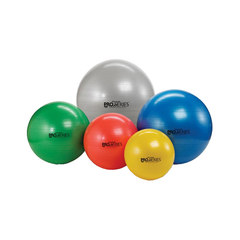As the winter semester creeps closer, are you struggling to decide if you are going to stick with your schooling decision from first semester? It can be challenging to decide if the in-person instructional benefits outweigh the risk the pandemic presents and there are several other considerations too.
Learn about the benefits and drawbacks to both in-person and remote learning. Then after you’ve made your decision, check out additional tips on infection prevention, pod learning, and more!
COVID-19 in Children: Get the Stats
Children make up 22% of the population in the U.S.1 As of Nov. 5th , 2020, children represent 11.3% of COVID-19 cases in the U.S., bringing the total number of children who have tested positive since the pandemic began to 927,000.2 While it appears that severe illness due to COVID-19 is less common in children, more data must be collected before determining the long-term physical effects on infected children.
Terms to Know
When deciding between in-person and virtual learning, you might hear some of these terms used:
- Hybrid model: A mix of in-person and remote learning, classroom schedules may vary
- Cohort model: Divides students into smaller groups called “cohorts”, can be used with an in-person only or hybrid model
- Learning pods: Small groups of students who all learn together in-person, but outside of the classroom, you may hear them called “pandemic pods”
Types of Schooling

Most school options are more complex than just all in-person or all remote. These are some of the models that your school might implement.
- In-person
- K-3: Prioritizes young children who are most likely to have trouble with online learning, only K-3 attend staying in their classrooms and teachers rotate
- High need: Prioritizes students with disabilities who need in-person instruction, all other students remain remote
- High school: Prioritizes older children who are more likely to follow mask wearing and social distancing rules, all others are remote
- Cohorts: Divides students into small groups, they stay with their group and don’t interact with other cohorts, teachers stay with their cohort and don’t rotate
- Teacher rotation: Keeps small cohorts of students in their classroom while teachers rotate through staying socially distanced at all times
- Staggered schedule: Staggered start times, lunches, and dismissals for morning and afternoon shifts to increase social distancing
- Outdoor: Classes temporarily taught outside
- Full in-person: Schools opening entirely in-person
- Hybrid
- Hybrid Learning: Combines in-person and online learning. Students spend half of their time in school and the other half learning from home. This might mean dividing students into two groups by last name: one group attends in-person Monday and Tuesday and learns remotely Thursday and Friday while the other group does the reverse. On Wednesday and over the weekend, the school performs a deep cleaning between groups.
- A/B Weeks: Groups of students alternate in-person and remote every other week. One week the students may spend 5 days at school and the following week they may spend 5 days remote. Deep cleaning takes place on the weekend between A/B weeks
- Looping Structure: K-8 is assigned to different cohorts who stay with them for multiple grade levels. This allows students to build a stronger relationship when learning in-person or remote.
- Homeschooling/Remote Learning
- Traditional Homeschooling: Follow a curriculum you create or choose to follow different programming from your local public schools’. Some states require that your child take standardized tests
- Virtual Learning: Children may learn remotely at home, following virtual classes and activities according to their school district’s curriculum
- Learning Pod: Small groups of children gathered in one home instructed by parents or a hired teacher, may follow virtual learning curriculum or homeschool
- Zoom Tutors: Tutors hired to assist students individually over Zoom calls
Back to School: The Benefits and Drawbacks to In-Person and Remote Learning
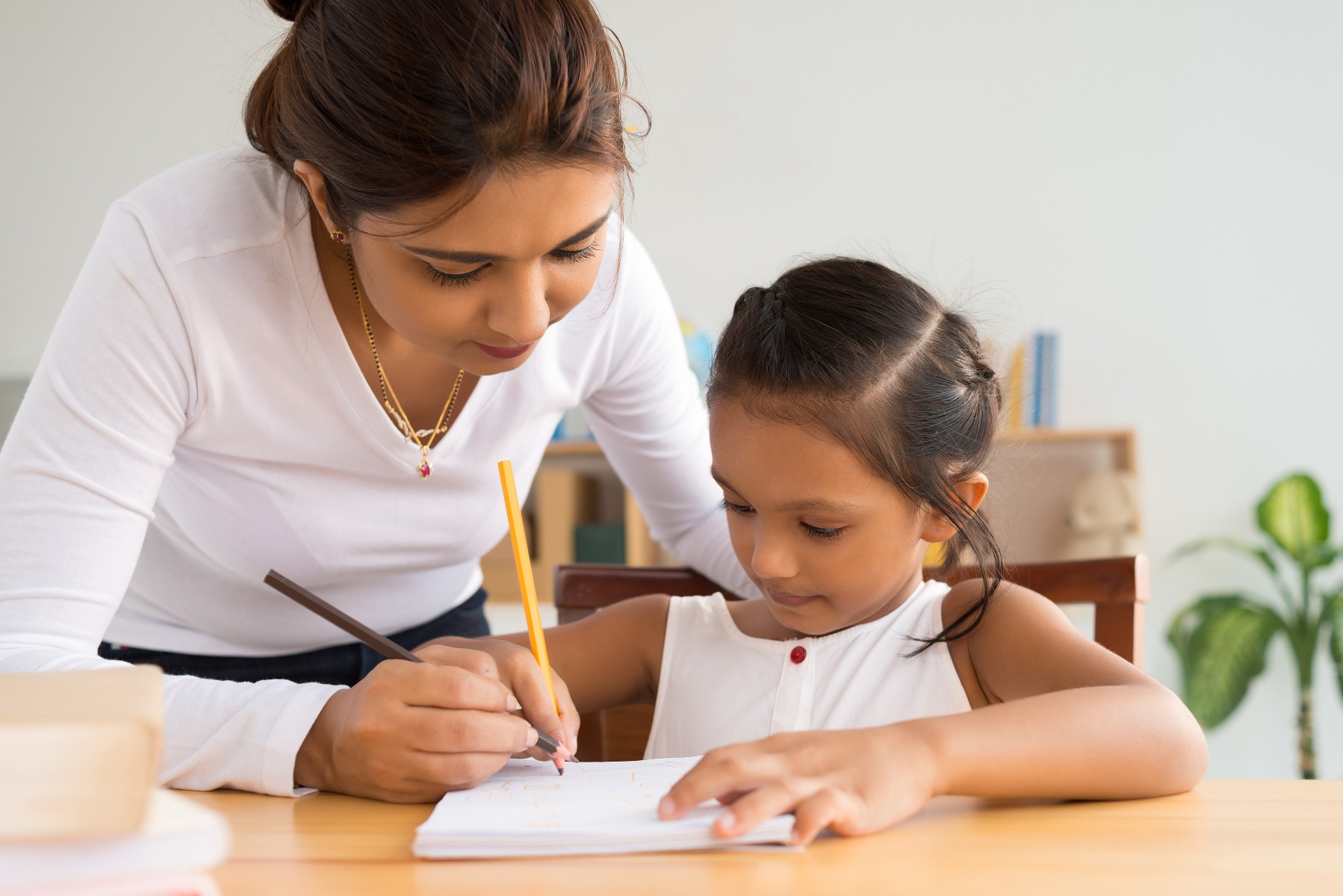
Are you deciding on whether your child will be doing e-learning or in-person schooling next semester? Here are some things to consider before making your decision.
In-Person Schooling

One of the biggest benefits to in-person schooling is the in-person teaching and social interaction for your child. It also enables parents and caregivers to return to work without worrying about childcare. Schools offer additional benefits as well such as tutoring, therapy, reliable nutrition, and more.
However, it does provide an increased risk of COVID-19 exposure compared to e-learning. The CDC states that the risk of spread increases from virtual to hybrid to in-person learning with the risks in hybrid and in-person depending on mitigation strategies used and how diligently they are followed. Due to new school rules, your child may not be getting the same socialization opportunities as usual. If the class is doing a hybrid model and teaching both in-person and virtually at the same time, you may want to consider the level of engagement your child is really getting as teachers try to help remote learners use new online tools.
If you’re considering in-person learning for your child, think about your answers to these questions:
- Does your child have an underlying condition that increases the risk of severe illness from COVID-19?
- Do you, someone you live with, or your child’s caregiver have an underlying condition or age that increases the risk of severe illness from COVID-19?
- Is the level of community spread high in your area?
- Are you comfortable with your school’s plan for reducing the spread of COVID-19? Review your school’s plan and strategies spread including:
- Promoting behaviors that reduce spread (hand washing, mask wearing, social distancing...)
- Maintaining a healthy environment (cleaning and disinfecting frequently touched services, adequate ventilation...)
- Maintaining health operations (staggering schedules, creating cohorts, keeping students in small groups)
- Preparing for when someone gets sick
- Do you believe your school has the resources needed to implement their plan (supplies, staffing, etc.)?
- Are you satisfied with how your school communicates changes and addresses parent and caregiver’s concerns?
- Are you comfortable with your school’s plan for if a student or staff member test positive?
- Does your child know how to properly wear a face mask, and can they wear it for an extended amount of time?
- Can your child follow social distancing, mask wearing, hand washing, and other prevention measures?
- Does your child have a reliable ride to school?
- If your child takes the bus, are you comfortable with the measures your school is taking to reduce the spread of COVID-19?
Infection Prevention Strategies for Schools and Students
Learn about infection prevention strategies that many schools are taking in this video.
You can learn more about the CDC’s considerations for school operating during COVID on their website, including the continuum of infection risk and steps schools can take to maintain a healthy environment.
Remote Learning
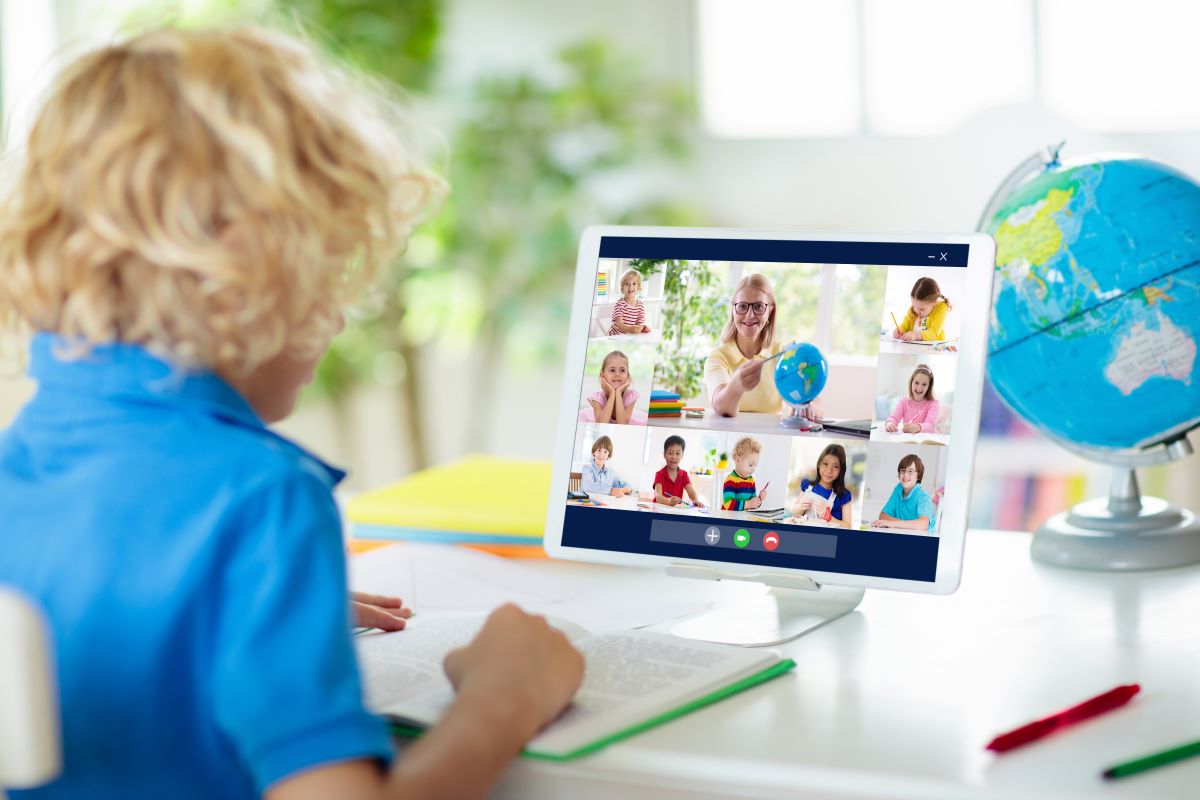
If you’re thinking about remote learning, one of the biggest benefits is a reduced chance of COVID-19 exposure. If the teacher offers recorded lessons, your child can take the time to learn at their own pace and use office hours to get help on things they don’t understand. It can also help reduce distractions, social anxiety, and pressure to look good or fit in. And may even allow your child to get some more hours of sleep instead of getting up so early.
But remote learning has some drawbacks too. The lack of in-person instruction and the loss of socialization time can be challenging for some children. It may also be more difficult to access certain services from home, such as speech therapy, subsidized school breakfasts/lunches, and after school care.
If you’re considering remote learning for your child, think about your answers to these questions:
- Are you still able to work when your child is at home (telework or otherwise do your job successfully)?
- Can you or someone else supervise your child during virtual at home learning?
- Can you or someone else supervise your child during virtual at home learning?
- Do you have a place that your child can learn that is free from distraction during school hours?
- Does your school offer real-time interactions with the teacher (live instruction)?
- Is your child’s learning style and needs compatible with digital learning?
- Can your child keep up academically, stay engaged, and socially connected during e-learning?
- If your child needs specialized devices, equipment, or learning aids can they access them at home?
- Can your child receive IEP accommodations that meet their needs at home?
- If your child receives school-based tutoring, occupational therapy, speech therapy, social skills training, emotional or mental health services, etc. can they receive them virtually or at home in a way that meets your family’s needs?
- If your child receives school-based nutritional services (school breakfast/lunch) do they have an alternative that meets your family’s needs?
- If your child attends after-care or takes part in afterschool activities or clubs, does your child have an alternative that meets your family’s needs?
Hopefully considering these questions has helped you decide on whether to send your child back to school for in-person learning or opt to keep them home for virtual learning. Keep reading for more tips for either choice! If you’ve decided on a hybrid model, you can review both to prepare.
Tips for In-Person Learning
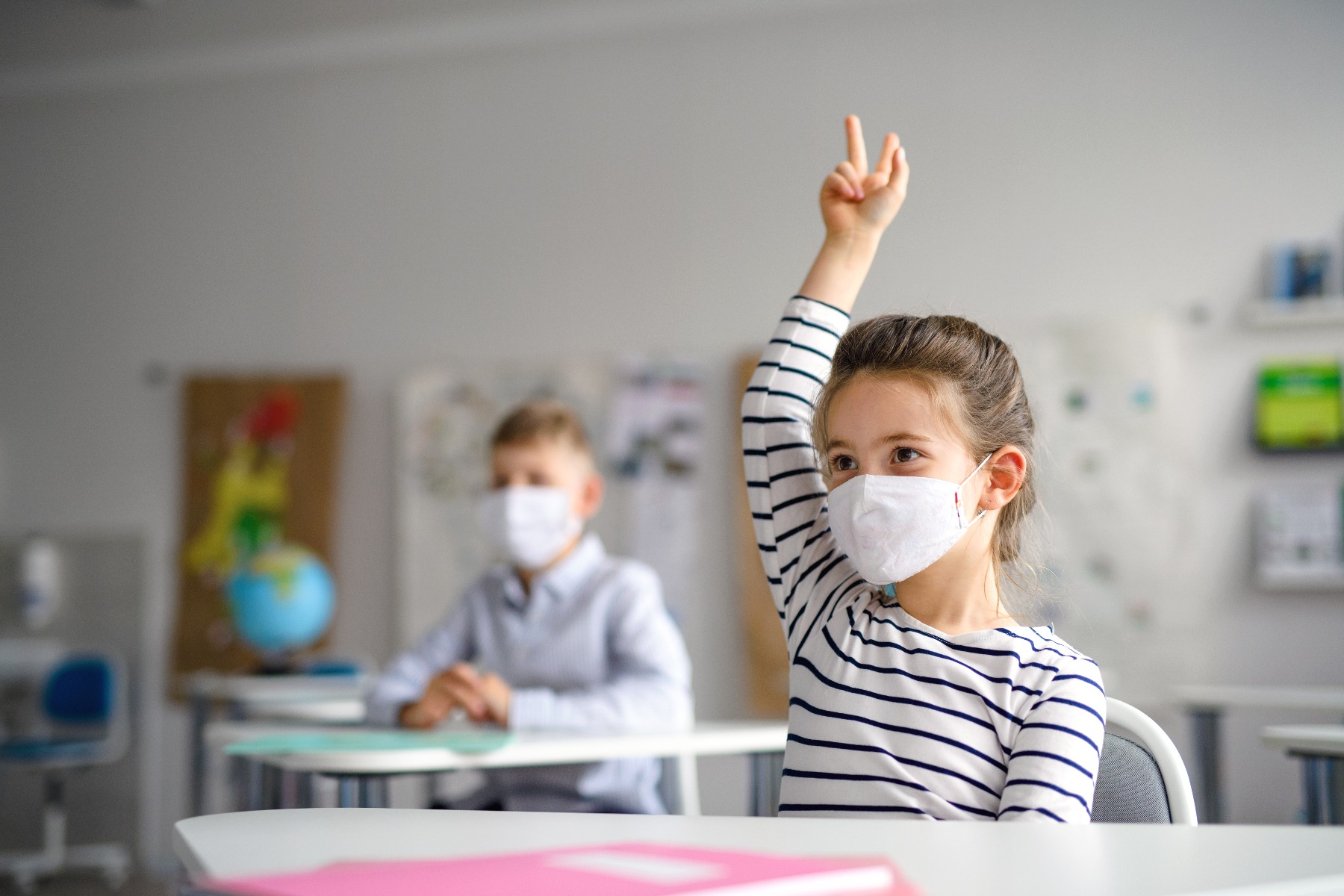
You’ve decided to send your child back to the classroom for in-person learning. What are steps that you and your school can take to help keep your child safe?
Tips for Infection Prevention and More at School and At Home

Before School Starts, Plan and Prepare
Benefits
- Provides cooperative learning and group work
- Allows for peer socialization
- Childcare solution
- Flexible
Drawbacks
- Requires meeting space
- Requires supervisor/parent/babysitter/facilitator
- Potential cost
- Other families may have different isolation/social distancing levels
Things to Consider When Forming a Learning Pod
- Where will the learning pod meet? Will they meet in person or virtually? Will the location rotate from house to house? Will one family host and get a discount for providing the space?
- How often will the learning pod meet and at what times?
- Will you follow your public school’s virtual curriculum, use the learning pod to supplement with additional material, or use a homeschooling curriculum?
- Who will supervise your pod? Will parents take turns? Will one stay-at-home parent supervise? Will you hire a babysitter or a teacher or a tutor?
- How much are you each willing to pay? How will you divide the costs?
- How many children will be in your pod? How large does your state allow gatherings to be?
- Are all the children in your pod similar ages? Or will there be a wide age span to accommodate?
- Will all siblings be included in the pod?
- Do any of the children in the pod have learning disabilities, special needs, or need any other accommodations?
- How rigorously is each family in the pod following social distancing, mask wearing, etc.?
- What will your pod do for lunch? Gym class? Specials?
- Will your pod members wear masks and social distance when meeting?
- What will the supervisor be expected to do? Prepare unique lessons? Assist with online schooling? Provide tutoring? Baby sit?
- Will a parent/guardian be home or in the classroom if you are hiring someone to teach?
- Will your learning pod follow a certain learning style (like Montessori)?
- Who makes the final decisions? Does each family get one vote? Is it the family that put the pod together, found the space, did the research, etc.? Does each family get a certain number of votes depending on how many of their children are in the pod?
- How long will your pod stick together? One quarter? One semester? A trial number of weeks?
- Will every child have access to their own laptop/tablet?
- Will any resources be provided to the teacher (whiteboard, projector, etc.)?
- Is there a budget for instructional resources?
- What is the protocol is someone gets sick? Will the whole pod shutdown for an extended amount of time? Will the classroom get cleaned and allow all pod members except the sick child and their siblings back in?
- Do you need any additional insurance (accident, personal liability, umbrella, etc.) for your home or the location where pod learning takes place?
- How will the supervisor be classified as an employee? What does that mean for taxes, workers’ compensation, etc.?
- Who will clean and disinfect the learning space? Who will provide hand sanitizer and school supplies?
Ready for gym class?
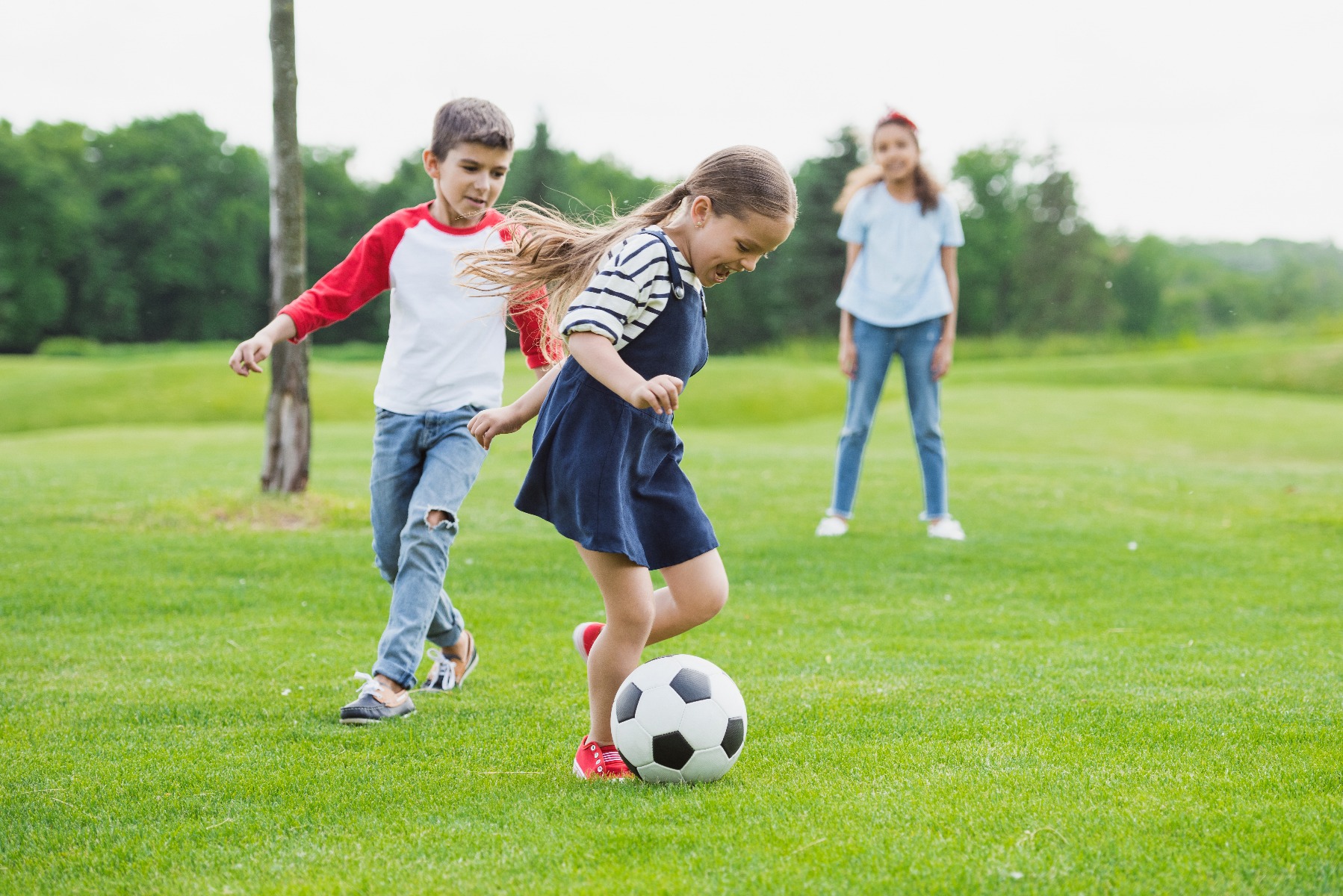
Kids need outdoor time too! Whether you’re doing virtual learning, a learning pod, or traditional homeschooling, it’s important to give your child time for physical education. Avoid playgrounds where multiple kids could be playing and touching the equipment. Instead think about outdoor time in your backyard, a nearby park, or even indoors if it’s raining.
Check out some of our top choices for gym and workout equipment to add to your home! These can be used for your child’s physical education or exercise time and a lot of it can be used for your workouts too!
Not sure how to get started? Get more exercise ideas in these articles.
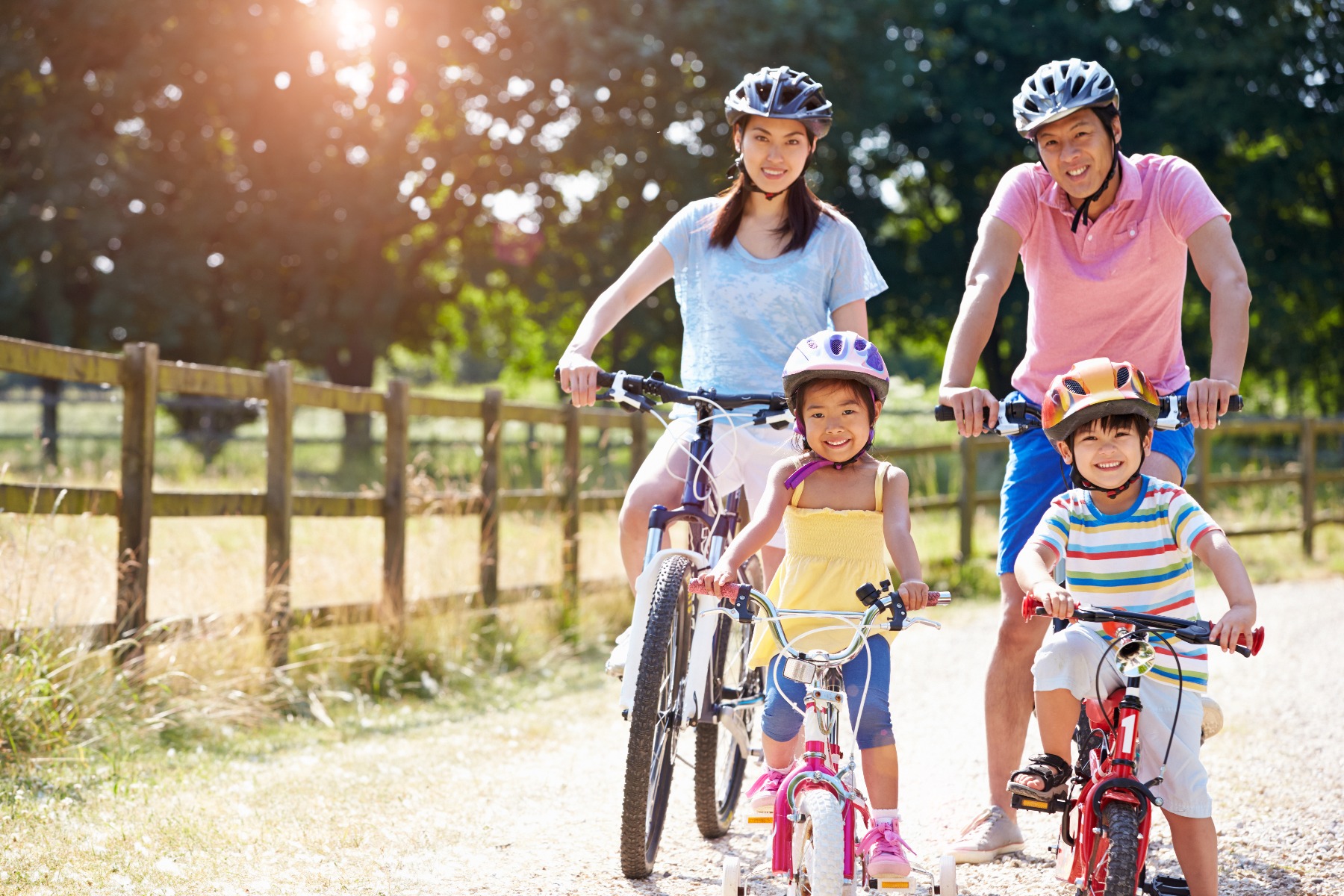
- From UNO to dice to Bingo, play these 11 Exercise Games & Activities To Make Fitness Fun
- Focus on running, jumping, and other activities that work your large muscles with Fun Gross Motor Activities for Kids from A to Z
- Take advantage of nice weather with 33 Fun Outdoor Games For Kids
- Get the whole family involved with 20 Family Fitness Ideas Beyond the Gym
- Less expensive and easy to store, grab some resistance bands and try 33 TheraBand Resistance Band Exercises to Do At Home
- Try a gym class favorite with these 7 Fun Parachute Games for All Ages (Toddlers to Seniors)
- Great for children with autism or ADHD, or any child who has a lot of energy learn How to Create an Active Sensory Room at Home for Your Child
- Give your teens gifts that any athlete would enjoy and let them double as tools in P.E. with 27 Fitness Gift Ideas for Athletic Teen Girls and 25 Fitness Gift Ideas for Athletic Teen Boys
Looking for other resources for learning at home? Check out these articles!
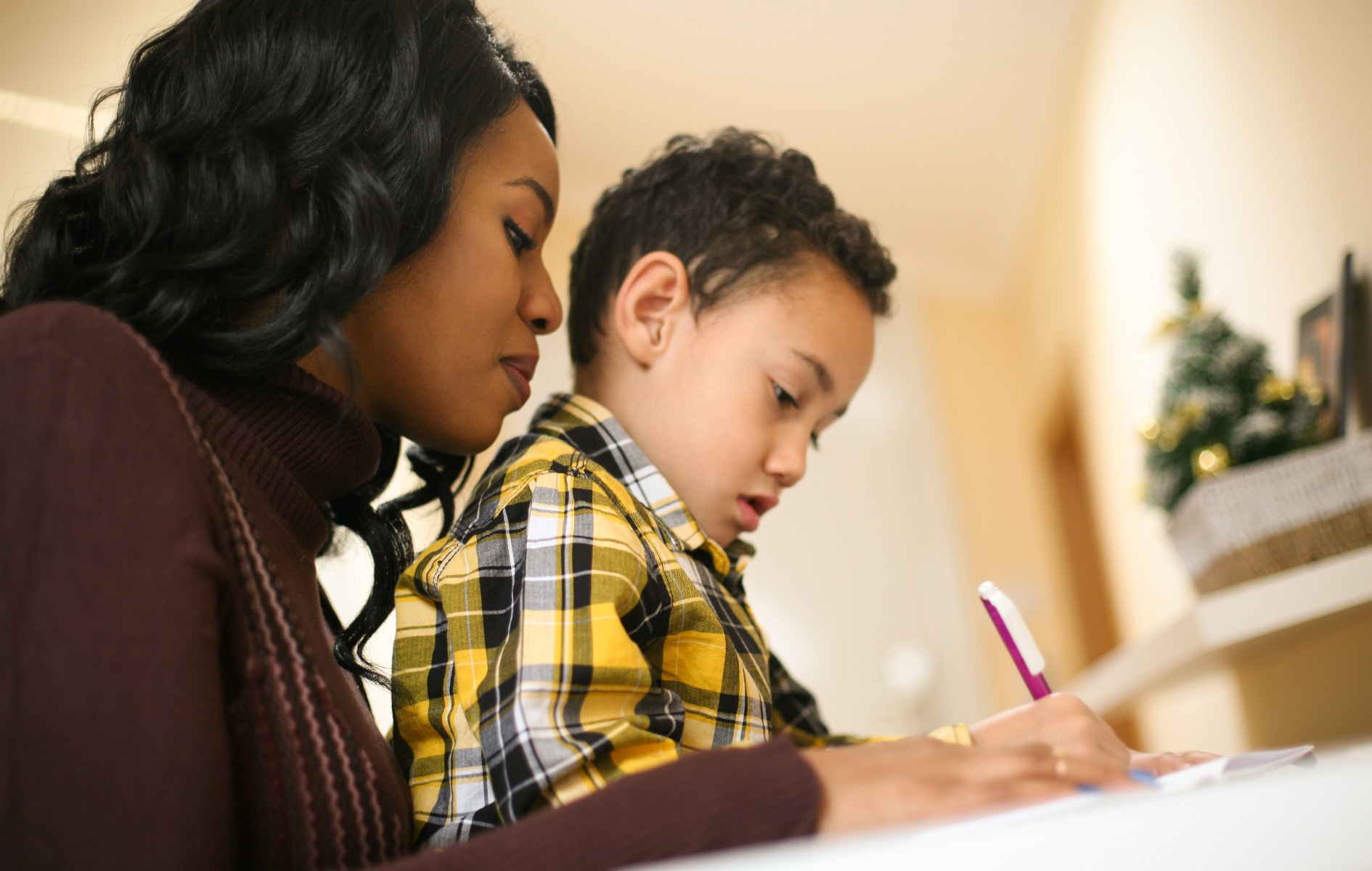
- Put the focus on handwriting beyond practice workouts and learn How to Help Improve Your Child’s Handwriting
- Try these 21 Activities to Improve Handwriting in Children with Special Needs
- Recreate some of these free choice centers in 11 Ideas for Free Choice Centers in Your Classroom
- Help your child stay focused with 15 Fidget Tools (Not Toys) for Your Classroom (or home)
- Help your child get ready for learning or studying by Creating a Study Space for Your Child with Special Needs
References
- CDC. (August 2020). Information for Pediatric Healthcare Providers. Centers for Disease Control and Prevention. Retrieved from https://bit.ly/3f8u3l8
- American Academy of Pediatrics. (November 2020). Children and COVID-19: State-Level Data Report. American Academy of Pediatrics. Retrieved from https://bit.ly/3nKZtS3
- CDC. (July 2020). School Decision-Making Tool for Parents, Caregivers, and Guardians. Centers for Disease Control and Prevention. Retrieved from https://bit.ly/3nwsOiP
- CDC. (October 2020). Operating schools during COVID-19: CDC's Considerations. Centers for Disease Control and Prevention. Retrieved from https://bit.ly/38PW9R4
- CDC. (August 2020). Back to School Planning: Checklists to Guide Parents, Guardians, and Caregivers. Centers for Disease Control and Prevention. Retrieved from https://bit.ly/36Jjmls
- Whitney, C. (July 2020). The Pros and Cons of Pandemic Learning Pods. How Stuff Works. Retrieved from https://bit.ly/3pGOdb8
- DIY Checklist to Set Up Your In-Home Learning Pod. (November 2020). Selected for Families. Retrieved from https://bit.ly/32Tl7ve
- Gibson, A. (August 2020). Coronavirus and School: What Do The Different Models Mean? The Active Times. Retrieved from https://bit.ly/35BKjIl
Medical Disclaimer: The information provided on this site, including text, graphics, images and other material, are for informational purposes only and are not intended to substitute for professional medical advice, diagnosis or treatment. Always seek the advice of your physician or other healthcare professional with any questions or concerns you may have regarding your condition.

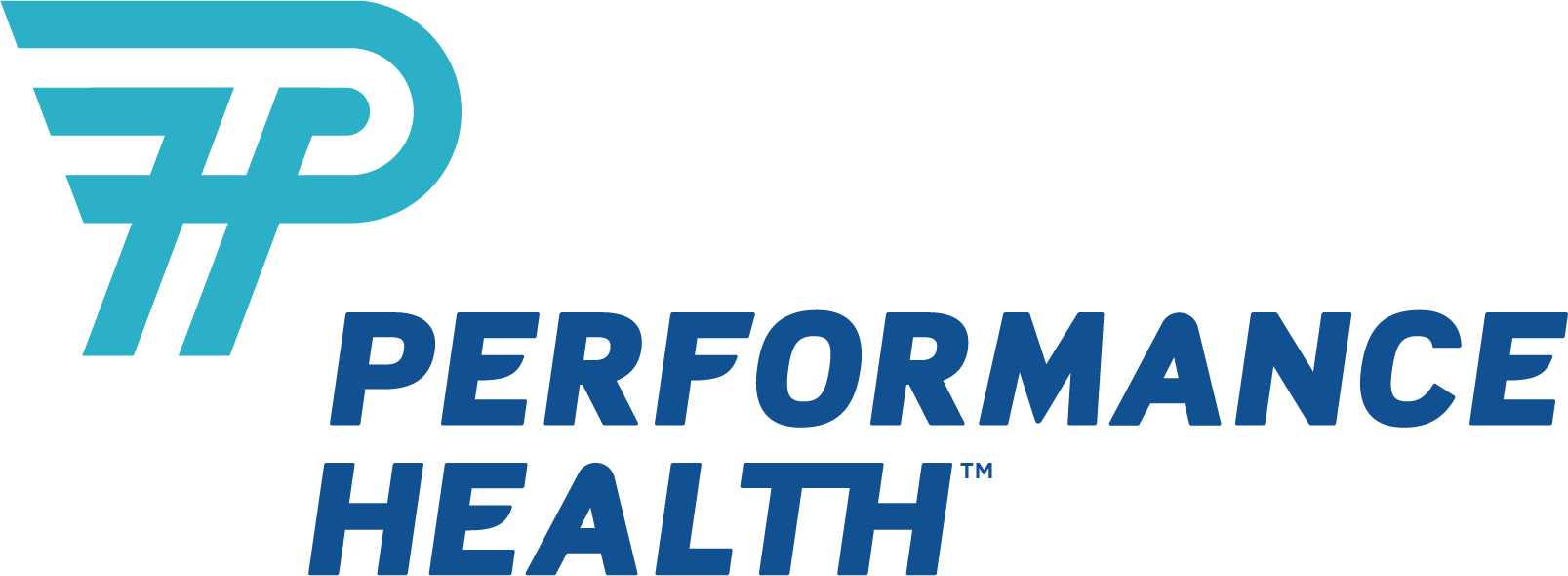






 France
France Australia
Australia



